How to Legally Own a Machine Gun
August 3rd, 2023
5 minute read
The year was 1987, and the accursed 1986 machine gun ban was nearing its first anniversary. As a young gun nerd with lofty aspirations but limited resources, I knew the clock was ticking. I, therefore, strained both my finances and my familial relationships to scrape up a breathtaking $1,250 for a trip to a Class 3 dealer in a nearby city.
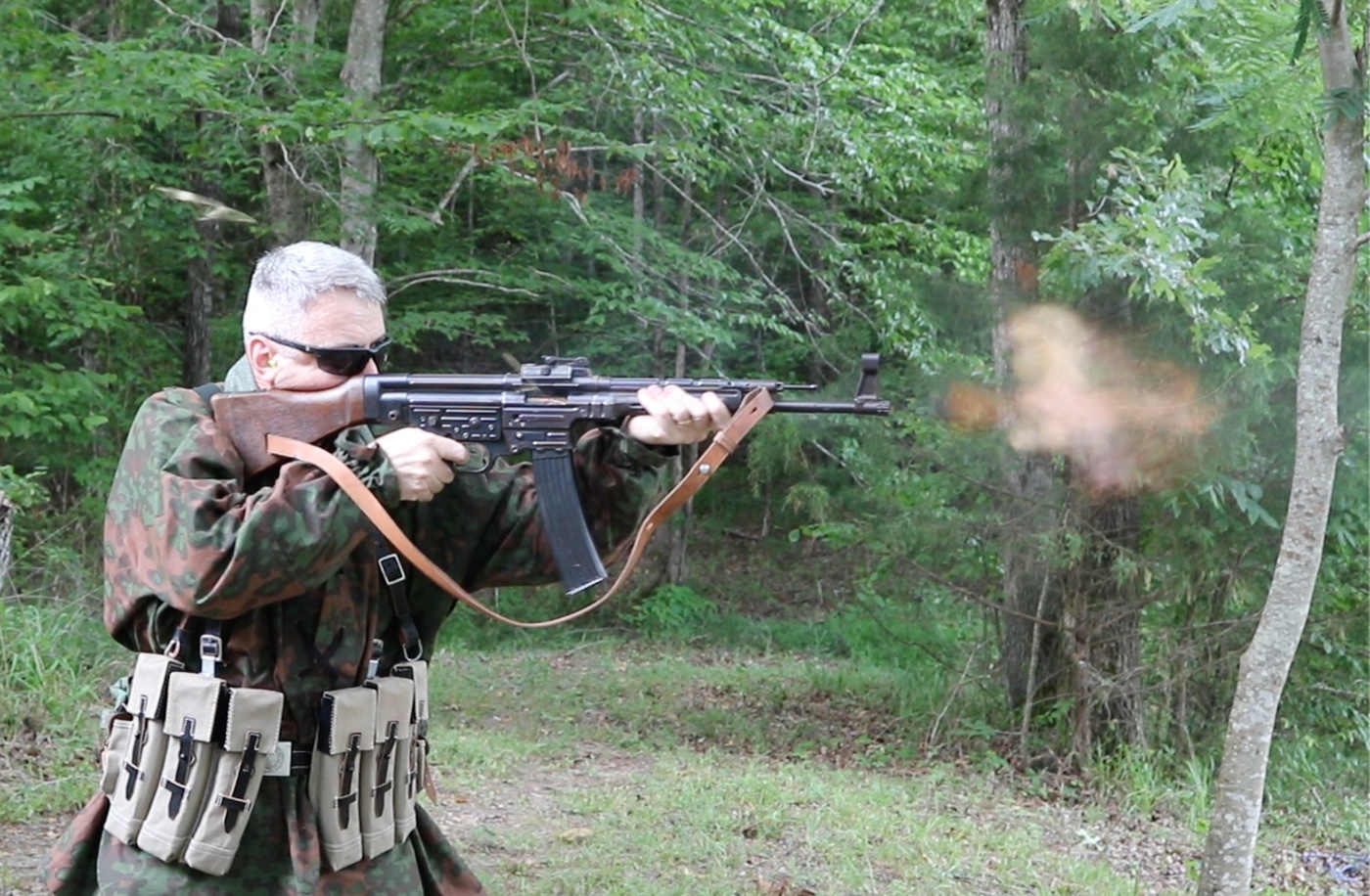
At 0800 in the morning on my 21st birthday, I presented to the office of the local chief of police with my first two ATF Form 4. The Form 4 is the legal instrument used to transfer ownership of an NFA (National Firearms Act) weapon. NFA products include machine guns, sound suppressors (aka silencers,) short-barreled guns, and “destructive devices” like grenade launchers and cannons.
[Not sure what these terms are? Read: What Does NFA Mean?]
Back then, you had to get the signature of the local Chief Law Enforcement Officer (CLEO) before you could submit the transfer forms to BATF for processing. Some CLEO’s were cool, while others were not so much. This one was a family friend.
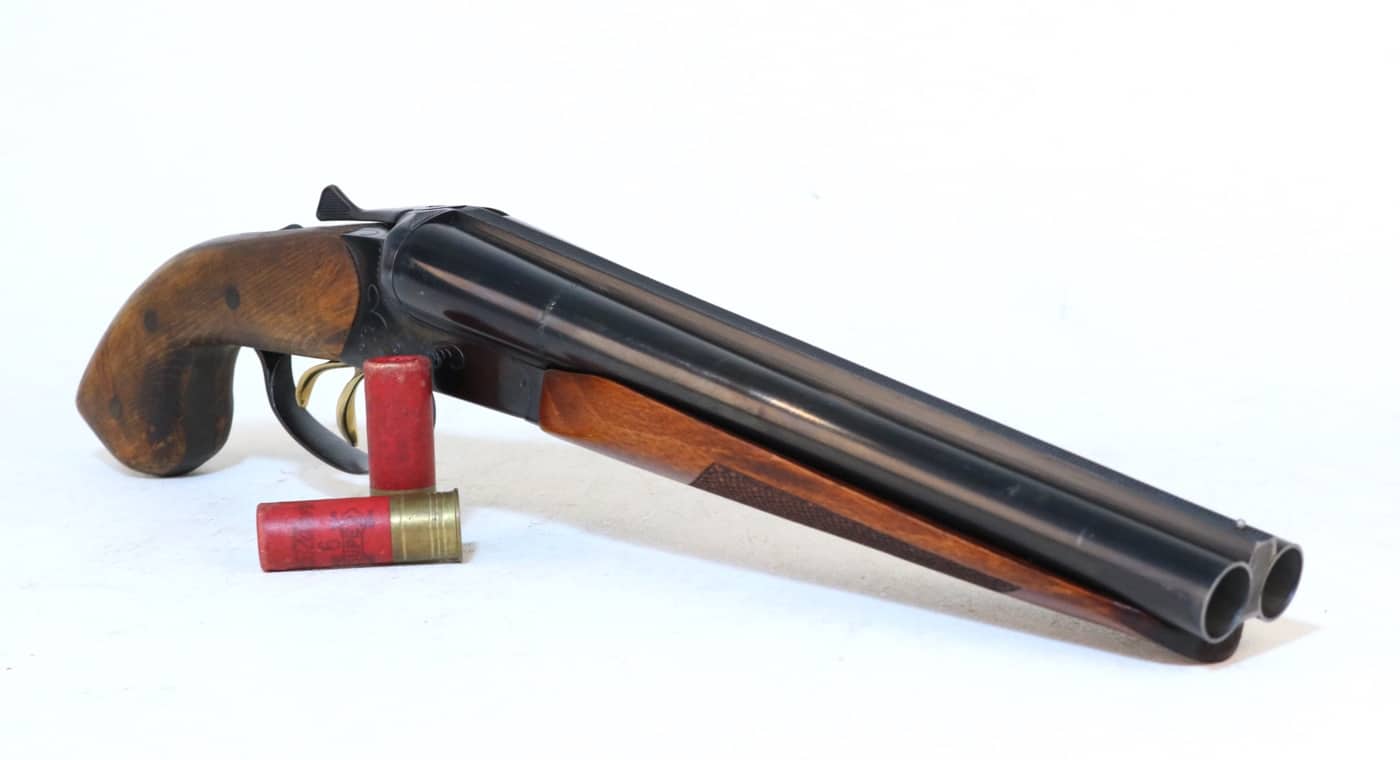
Where most normal kids would be nursing a hangover, I was celebrating my 21st birthday by buying my first two machine guns. A stripped M16 receiver set me back $600. The lightly used, but fully automatic, 9mm MAC-10 was $650. It took maybe three months to process the forms. I thought that was an eternity.
Fast Forward to Today
Much has changed in the intervening 36 years. Thankfully, the requirement for getting the CLEO signature was dropped, and you can now submit the forms online. However, the basic concept remains nonetheless unchanged.
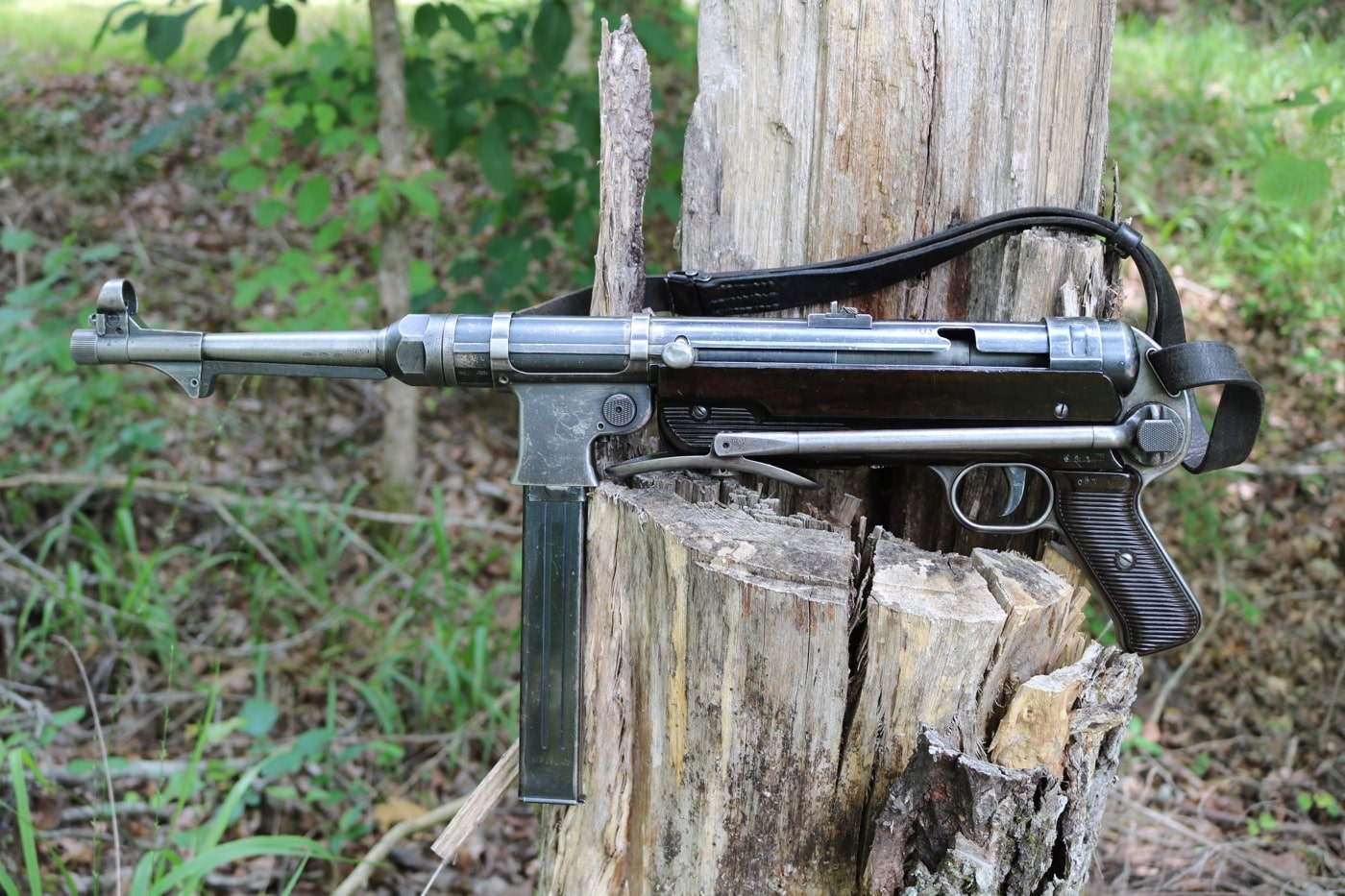
You need a Class III Federal Firearms License (FFL) to deal in NFA weapons, not to own them. As an individual, you use a BATF Form 4 to move the gun from your dealer to yourself or to your trust. The process for transferring a registered machinegun is identical to that for a suppressor or short-barreled weapon — three copies of the Form 4 (two to BATF and one simply to notify your local CLEO), fingerprint cards for your background check, passport photographs, $200, and a great deal of patience.
I’m not kidding. The last paper Form 4 I submitted took 13 months. The U.S. government can land robots on Mars and kill terrorists in Afghanistan from the comfort of an air-conditioned facility in Nevada. However, it still took more than a year to approve that transfer to a guy who owned several NFA items already. I don’t understand it, either.
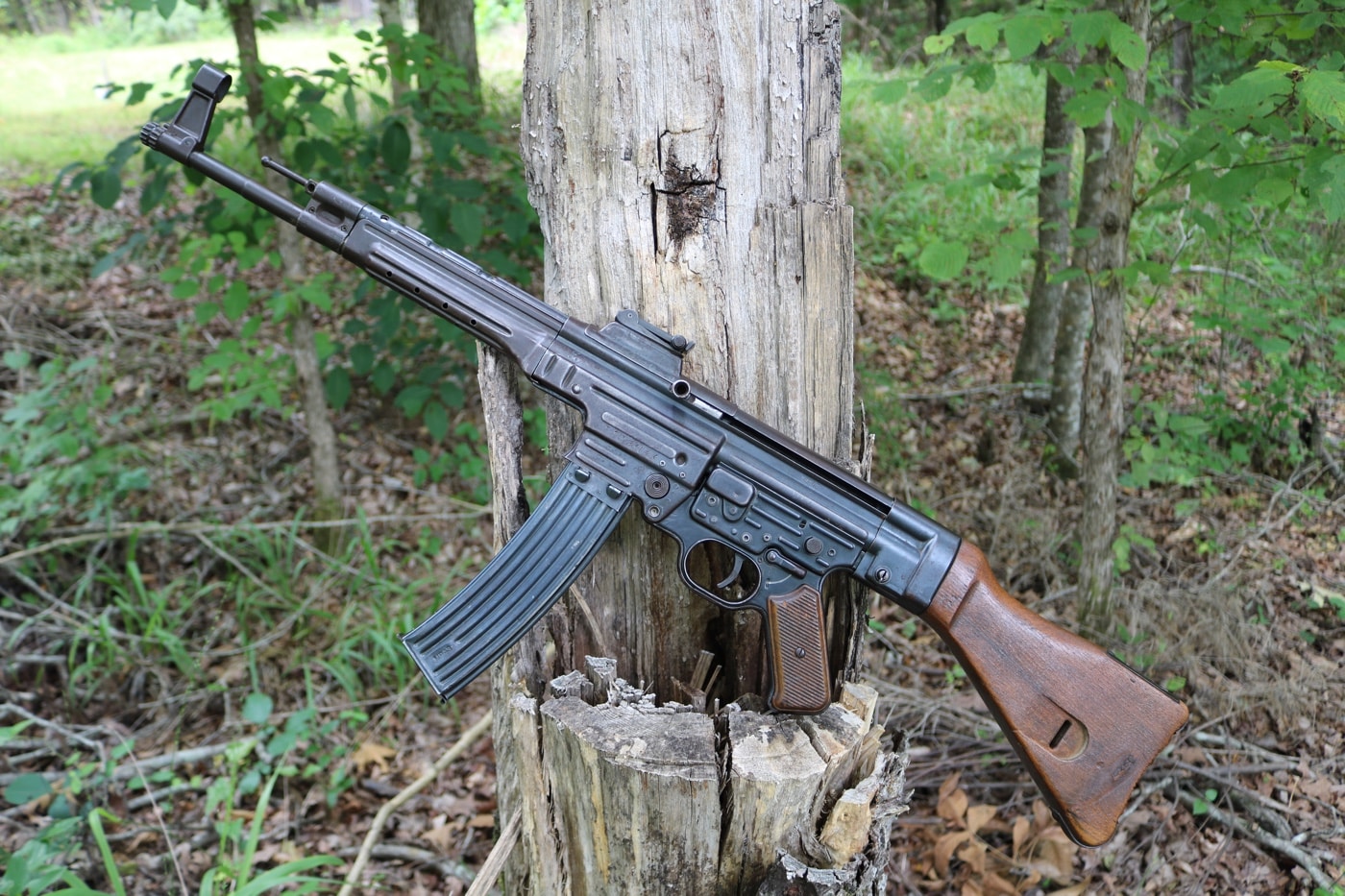
What has changed astronomically is the prices involved. The last-minute Hughes Amendment was added via a voice vote to the ironically titled Firearms Owners’ Protection Act (FOPA) of 1986. This shady bit of legislative subterfuge was legitimately paradigm-shifting. For the first time, Uncle Sam decided he could actually outlaw the production of an entire class of firearms through federal law. The National Firearms Act of 1934 established the onerous $200 transfer tax but didn’t actually outlaw manufacture or ownership, it just imposed an oppressive levy. However, gun bans really began in 1986 with that aspect of the FOPA.
That kicked off a most fascinating phenomenon. The supply of transferable machine guns was immediately frozen at 175,977. However, each year a new crop of gun geeks comes of age and covets one of their own. What followed was a classic example of fixed supply and ever-growing demand. In fact, there have been PhD theses in economics that have been penned over this curious little experiment. That $600 M16 receiver I bought in 1987 would require around $30,000 to replace today.
Details
There are three different categories of machine guns in America. Transferable machine guns were all made before 1986 and can be owned by any American citizen with a clean record who resides in one of the 37 states that do not prohibit such things. They are just stupid expensive.
Post-86 dealer sample machineguns were made after 1986. They can only be owned by Law Enforcement agencies or Class III dealers with a purchase letter from a Law Enforcement agency. These guns are worth basically a bit more than the price of the parts.
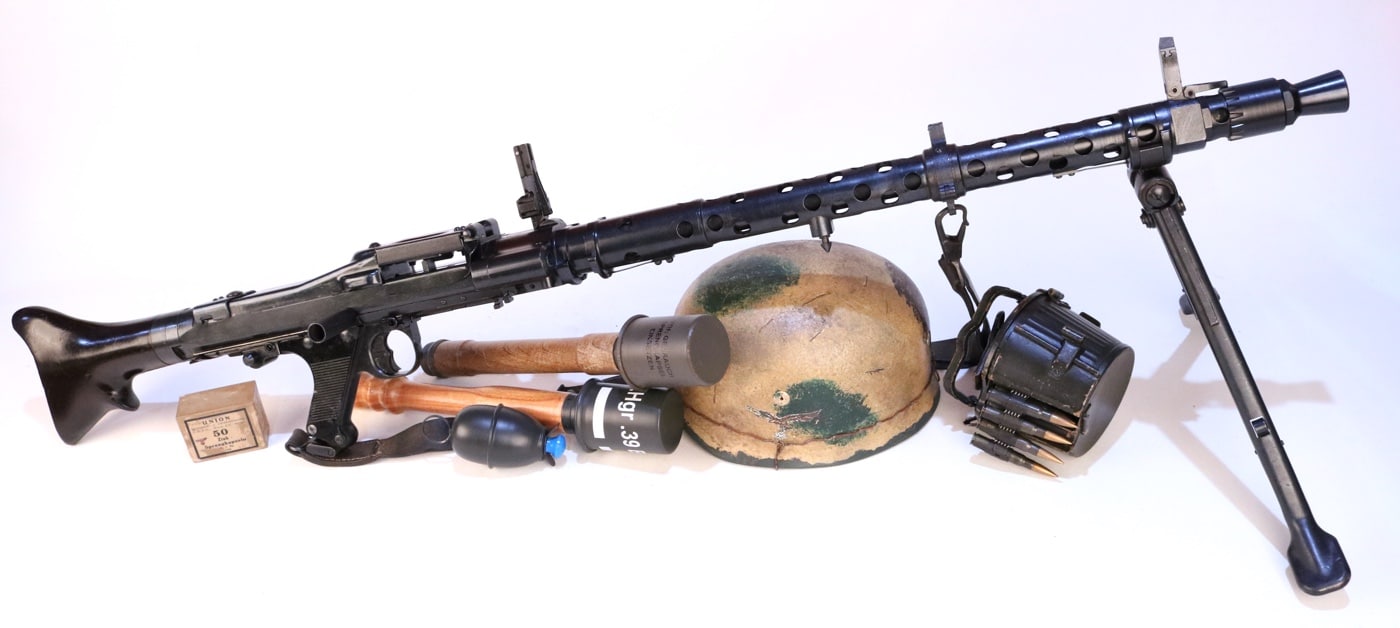
Pre-86 dealer samples were imported prior to 1986 and can be bought and sold by Class III dealers without a Law Enforcement letter. These guns can also be retained after a dealer gives up his Class III license, but they cannot be sold to individuals. Pre-86 dealer sample prices are somewhere between post-86 guns and transferable automatic firearms.
Owning a Machine Gun
Acquiring a fully automatic machine gun is like buying any other NFA weapon. You find what you want, pay for it, and then start the transfer process. There are now well over a million registered sound suppressors in the NFRTR (National Firearms Registry and Transfer Record), so lots of American shooters are familiar with this process by now. When the Form 4 comes back approved, you can take possession of the gun.
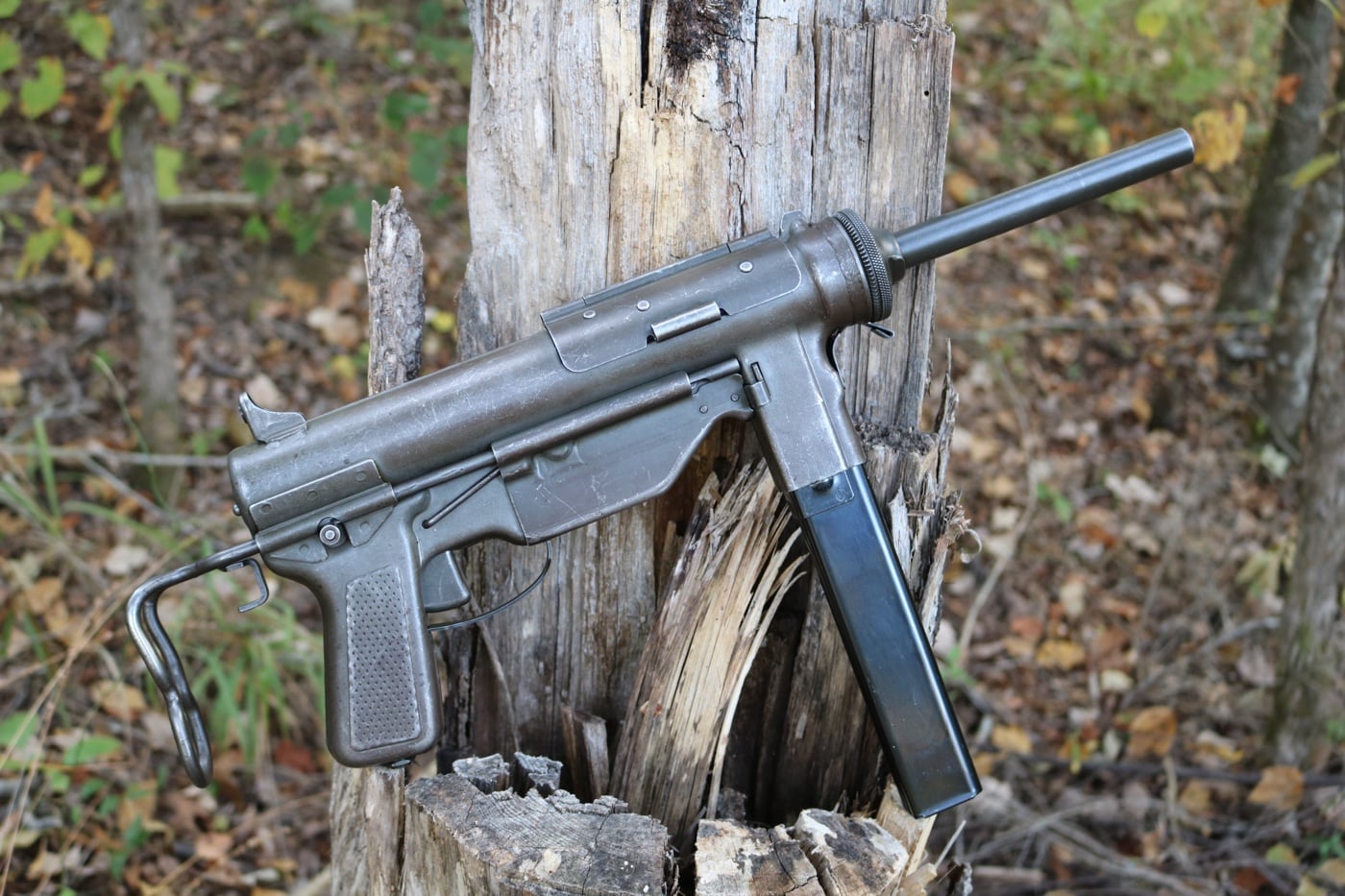
Before you take a machine gun to the range, you need to be prepared to make some new buddies. It’s always a good idea to keep photocopies of your approved Form 4’s with you while shooting yours. I also ring up the non-emergency line for the sheriff’s department before I do any serious shooting just to make sure there are no misunderstandings if somebody calls about the noise.
I have had to present my paperwork and explain the ownership process to any number of friendly law enforcement officers over the years. If you let the investigating officer run a magazine through your stuttergun you might just make a friend for life. Ask me how I know this.
As is the case with registered suppressors and short-barreled weapons, your new machine gun has to remain under your control. You can’t loan it to anybody. You can, however, put the weapon in a trust just as you might a sound suppressor.
Editor’s Note: Please be sure to check out The Armory Life Forum, where you can comment about our daily articles, as well as just talk guns and gear. Click the “Go To Forum Thread” link below to jump in!
Join the Discussion
Continue Reading
Did you enjoy this article?

 343
343






